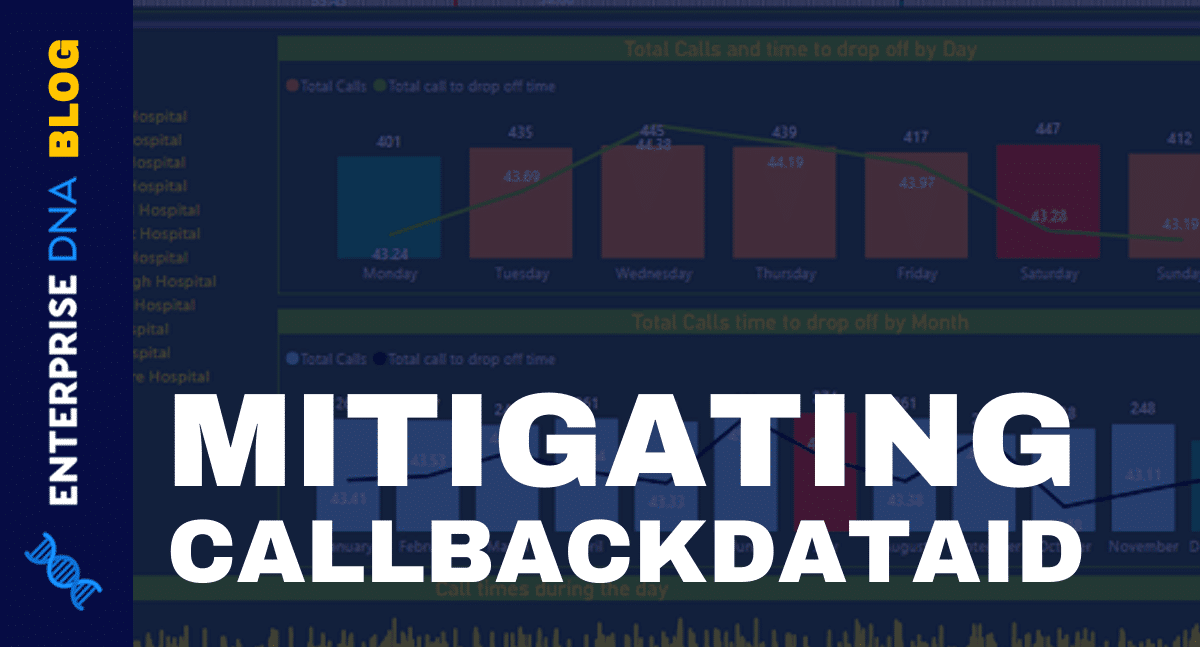Office365 Security Breach: Millions Stolen Through Executive Email Compromise

Table of Contents
Understanding Executive Email Compromise (EAC)
What is EAC?
Executive email compromise (EAC) is a sophisticated form of cyberattack that targets high-level executives within an organization. Attackers use deceptive tactics to gain their trust and access sensitive information, ultimately leading to financial loss or data breaches. Common methods include:
- Phishing: Sending deceptive emails appearing to be from legitimate sources.
- Spear phishing: Highly targeted phishing attacks using personalized information to increase credibility.
- Whaling: A specific type of spear phishing that targets high-profile executives (the "big fish").
Attackers meticulously craft emails to mimic legitimate communication, exploiting the trust placed in known contacts. They leverage sophisticated social engineering techniques to manipulate recipients into divulging confidential data or taking actions that compromise security. The goal is often financial fraud, using the compromised account to initiate fraudulent wire transfers or issue fake invoices.
The Impact of EAC
The consequences of a successful EAC attack can be catastrophic, extending far beyond immediate financial losses. The impact includes:
- Significant Financial Losses: Millions of dollars can be stolen through fraudulent wire transfers, invoice scams, and other deceptive transactions.
- Legal Repercussions: Companies face legal battles, investigations, and potential fines for failing to protect sensitive data.
- Reputational Damage: A security breach severely damages a company's brand reputation and erodes customer trust.
- Loss of Customer Trust: News of a data breach can lead to customers abandoning the compromised company for competitors.
Statistics show that the average cost of a data breach is in the millions, and recovery can take months, even years. The reputational damage alone can be crippling, impacting future business opportunities and investor confidence.
The Office365 Security Breach: A Case Study
How the Breach Occurred
The recent Office365 security breach exploited several key vulnerabilities, highlighting the importance of a multi-layered security approach. The attackers employed a combination of tactics:
- Sophisticated Phishing Emails: Attackers sent highly targeted phishing emails designed to bypass spam filters and appear legitimate.
- Weak Passwords: Some employees used easily guessable passwords, making their accounts vulnerable to brute-force attacks.
- Lack of Multi-Factor Authentication (MFA): The absence of MFA allowed attackers to access accounts even with stolen credentials.
- Insufficient Employee Training: A lack of comprehensive security awareness training left employees susceptible to phishing attempts.
The sequence of events likely involved a successful phishing attack, granting the attacker access to an executive's email account. From there, they gained access to sensitive financial information and used it to initiate fraudulent wire transfers or manipulate invoice payments. The attackers’ skill in bypassing security protocols underscores the sophistication of modern cyberattacks.
The Stolen Millions
The financial impact of this Office365 security breach was substantial, with millions of dollars stolen. The attackers skillfully used various methods to transfer funds, including:
- Urgent Wire Transfers: Attackers impersonated executives to request urgent wire transfers to overseas accounts.
- Fraudulent Invoices: They created fake invoices, manipulating the payment process to divert funds to their control.
The difficulty in recovering the stolen funds highlights the importance of preventative measures. Once funds are transferred internationally through fraudulent channels, recovery becomes extremely challenging and often unsuccessful.
Protecting Your Organization from Office365 Security Breaches
Implementing Strong Security Measures
Proactive security measures are crucial to mitigate the risk of EAC and similar attacks. These include:
- Multi-Factor Authentication (MFA): MFA adds an extra layer of security, requiring multiple forms of authentication to access accounts.
- Strong Password Policies: Enforce strong, unique passwords and encourage regular password changes.
- Regular Security Awareness Training: Educate employees on phishing techniques and best practices for identifying and reporting suspicious emails.
- Email Security Solutions: Implement SPF, DKIM, and DMARC to authenticate emails and prevent spoofing.
- Advanced Threat Protection: Utilize advanced threat protection solutions to detect and block sophisticated phishing attempts and malware.
These measures significantly reduce the likelihood of a successful breach, protecting sensitive data and financial assets. Investing in robust security solutions is a crucial step in safeguarding your organization.
Responding to a Potential Breach
Having a well-defined incident response plan is paramount. If a breach is suspected, immediate action is critical:
- Initiate the Incident Response Plan: Follow established protocols for containing the breach and minimizing its impact.
- Contact Law Enforcement: Report the incident to relevant authorities to initiate an investigation.
- Notify Affected Parties: Inform affected individuals and regulatory bodies as required by law.
- Conduct a Forensic Investigation: Engage cybersecurity experts to identify the extent of the breach and secure compromised systems.
- Data Recovery: Implement data recovery measures to restore compromised data and systems.
Conclusion:
This Office365 security breach serves as a stark reminder of the devastating consequences of executive email compromise. The millions of dollars stolen underscore the critical need for organizations to invest in comprehensive cybersecurity measures. Failing to protect your Office365 environment exposes your business to significant financial losses, legal repercussions, and irreparable reputational damage. Don't become the next victim of an Office365 security breach—act now! Implement multi-factor authentication, robust security awareness training, and advanced threat protection to secure your Office365 environment today! Proactive security is not an expense; it's an investment in the long-term health and stability of your organization.

Featured Posts
-
 Making February 20 2025 A Happy Day
Apr 27, 2025
Making February 20 2025 A Happy Day
Apr 27, 2025 -
 Asegurando El Gol El Sistema Alberto Ardila Olivares
Apr 27, 2025
Asegurando El Gol El Sistema Alberto Ardila Olivares
Apr 27, 2025 -
 My Nintendo Switch 2 Preorder The Offline Game Stop Experience
Apr 27, 2025
My Nintendo Switch 2 Preorder The Offline Game Stop Experience
Apr 27, 2025 -
 Belinda Bencic Campeona Nueve Meses Despues Del Parto
Apr 27, 2025
Belinda Bencic Campeona Nueve Meses Despues Del Parto
Apr 27, 2025 -
 Open Thread Join The Discussion February 16 2025
Apr 27, 2025
Open Thread Join The Discussion February 16 2025
Apr 27, 2025
Latest Posts
-
 Dax Performance Impact Of German Elections And Business Data
Apr 27, 2025
Dax Performance Impact Of German Elections And Business Data
Apr 27, 2025 -
 Dax Bundestag Elections And Economic Indicators
Apr 27, 2025
Dax Bundestag Elections And Economic Indicators
Apr 27, 2025 -
 Pne Groups Wind Energy Portfolio Expansion Two New Projects Added
Apr 27, 2025
Pne Groups Wind Energy Portfolio Expansion Two New Projects Added
Apr 27, 2025 -
 Pne Group Adds Two Wind Farms Boosting Renewable Energy Capacity
Apr 27, 2025
Pne Group Adds Two Wind Farms Boosting Renewable Energy Capacity
Apr 27, 2025 -
 Your Guide To The Grand National 2025 Runners At Aintree
Apr 27, 2025
Your Guide To The Grand National 2025 Runners At Aintree
Apr 27, 2025
